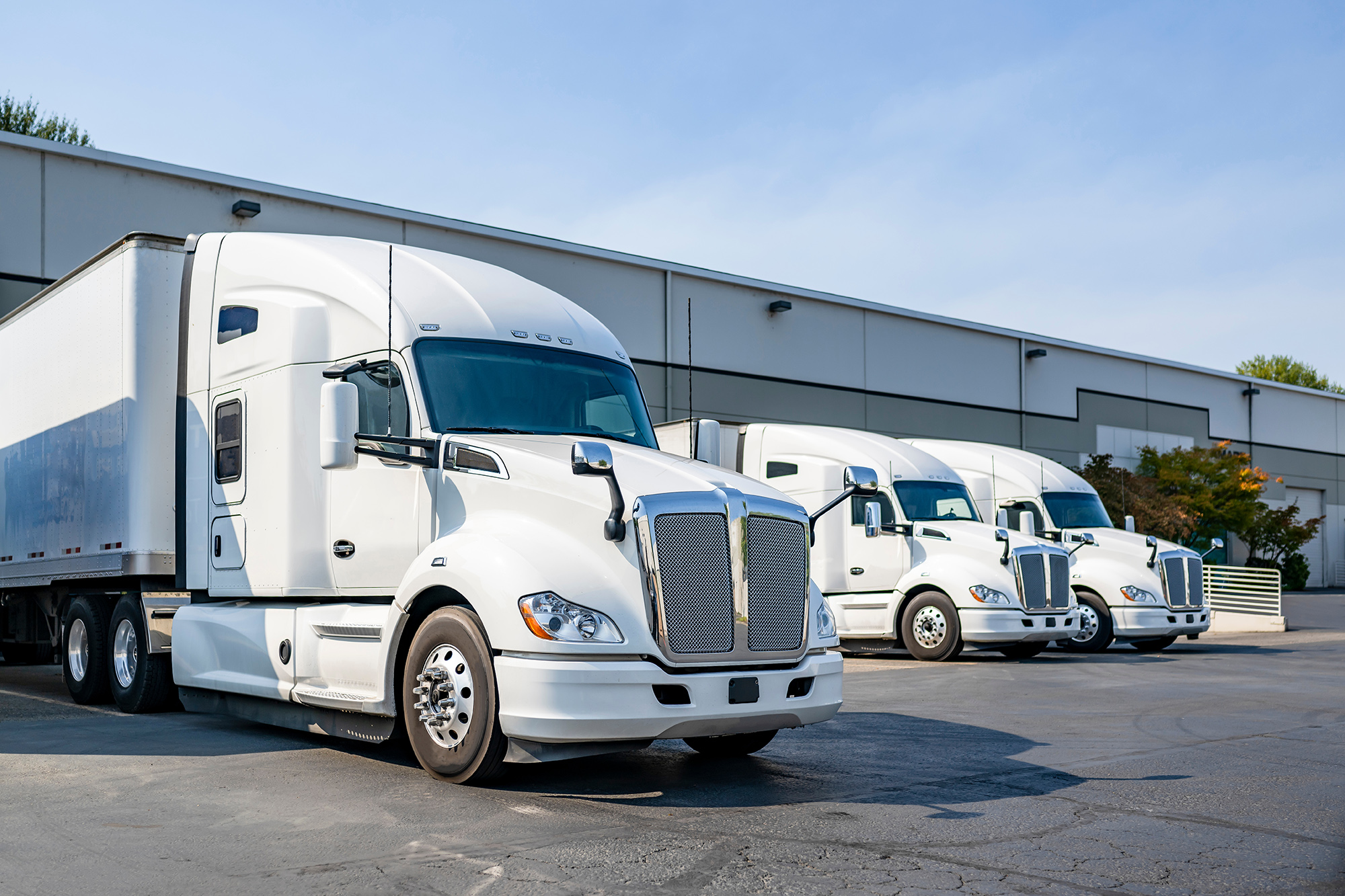Trucking tonnage—the total weight of goods moved by truck—offers valuable insights into the health of the economy. As trucks transport nearly 70% of all freight in the U.S., changes in tonnage can signal shifts in industrial demand, consumer spending, and broader economic trends. Here’s why it’s an essential metric to watch.
 1. Trucking Drives the Supply Chain
1. Trucking Drives the Supply Chain
Trucks are central to delivering raw materials, products, and finished goods. An increase in tonnage suggests rising demand for products and materials, often signaling economic growth. A decline can point to reduced consumer demand or slower manufacturing, indicating a potential slowdown.
2. A Leading Indicator
Unlike some economic data that lags behind trends (like unemployment rates), trucking tonnage tends to reflect changes in demand before they show up in other reports. When tonnage rises, it often means more goods are being produced and transported, which is an early indicator of economic expansion. A drop in tonnage, however, could signal a slowdown.
3. Insight into Different Sectors
Tonnage data gives a peek into different economic sectors. For example, increases in tonnage for heavy industrial goods like steel or machinery suggest growth in manufacturing and construction, while a jump in consumer goods indicates rising consumer confidence and spending.
4. Regional Economic Health
Monitoring trucking tonnage on a regional level can help identify economic booms or downturns in specific areas. A rise in tonnage in a region might point to increased local production, while a decline could indicate economic trouble in that area.
5. Global Disruptions and Supply Chain Shifts
Global events like pandemics or trade disputes can disrupt supply chains, and trucking tonnage often reflects these changes first. Tracking tonnage helps policymakers and businesses react quickly to such events, keeping them ahead of broader economic shifts.
6. Inflation and Price Trends
When trucking tonnage is high, increased demand for shipping services can drive up prices, contributing to inflation. Conversely, a decrease in tonnage may signal reduced price pressure. Watching tonnage helps predict these cost changes before they affect consumers.
7. Real-Time Economic Data
Tonnage data is updated frequently, often monthly, making it a real-time barometer of the economy. This quick feedback loop helps businesses and policymakers make timely decisions based on the latest trends.
Trucking tonnage is a powerful, real-time indicator of economic health. By tracking this simple metric, businesses, governments, and analysts can anticipate shifts in demand, production, and prices, gaining a clearer view of what’s happening in the economy and what’s likely to come next. So, the next time you see a truck on the road, remember—it might just be carrying the latest signal of economic change.



